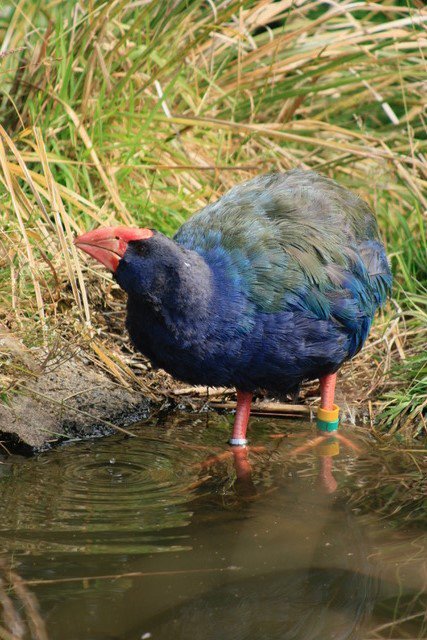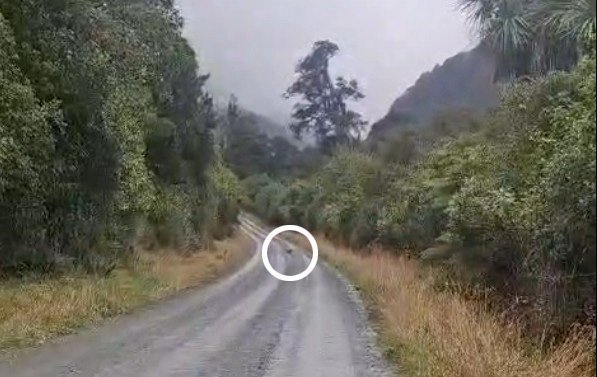
The Otago Daily Times recently spotted the incredibly rare, flightless blue bird crossing the road in the Hollyford Valley.
Department of Conservation takahē project lead Jason Van De Wetering said the bird was called Tucker.
Tucker was one of 28 takahē that had been released back into the wild 16km away in the Greenstone Valley in August 2023.
Tucker had made his way north to the Hollyford Valley and, as far as Doc knew, he was the only one there.
The ODT spotted him near the derelict Gunn’s Camp, which was destroyed in a 2020 landslip.
The news of Tucker’s long walk and unexpected new home delighted Hollyford Conservation Trust chairman Ron Anderson, who said he never imagined a takahē would arrive in the valley under its own steam.
"That is the best news I’ve had all year about the Hollyford."
About 13,000ha around the lower Hollyford River is being maintained by the trust, which also recently found rare whio (blue duck) in one of the areas it is protecting.
The trust was hoping it would be given a chance by Doc to release kiwi to the area, but Mr Anderson said the charity had never, to his knowledge, discussed the chance of takahē arriving.
He said he would have thought that was "out of the question", until now.
The charity was creating an "inland island" that saved the bush and birds.
"When we started a decade ago it was such a mess, being devastated at a rate you couldn’t comprehend, with rata trees never flowering because possums were gobbling them up by the truckload.
"Now, we have seen numbers of birds like never before."

"It was a shock, surprise and a complete delight."
"It brings home to you just how precious each bird is, and how important it is that they are protected.
"I hope it survives and they find a way to get rid of the pests that kill it."
There are about 500 takahē, around half in the wild, and because they cannot fly, they are highly vulnerable to attack from non-native predator pests, particularly stoats.
Takahē were thought extinct until a small population was rediscovered in 1948 in the Murchison mountains opposite the town.
They were protected by traps and a captive breeding programme started in 1985 that led to a gradual growth in numbers.
Some of the birds were then released into the Kahurangi National Park in 2018 and into the Greenstone in 2023.
Mr Van De Wetering said Tucker had been raised in Doc’s Burwood Takahē Centre before his release into Greenstone.
Tucker’s long walk will have taken the bird north in the Greenstone Valley before descending into the Hollyford Valley and continuing north to Gunn’s Camp.
Doc had been following Tucker’s journey using radio tracking and there were no plans to return him to the Greenstone.
"Dispersal by some birds is natural ... some birds like to go for an explore," Mr Van De Wetering said.
Last month, it was revealed there had been four takahē deaths in Greenstone over a five-week period, and a stoat, caught on a camera in the area, is the main suspect.













